Jul 17, 2025
Motorcycle Engine Sizes: Guide to Displacement and Performance
When it comes to motorcycles, motorcycle engine sizes play a crucial role in determining performance, fuel efficiency, and overall riding experience. Whether you’re a seasoned rider or a newcomer to the motorcycle world, understanding engine sizes is essential for selecting a bike that aligns with your needs and preferences. In this in-depth guide, we’ll explore various motorcycle engine sizes, their applications, advantages, and how to choose the right one for your riding style. Let’s dive into the fascinating world of motorcycle engine sizes and discover how to make an informed decision for your next ride.
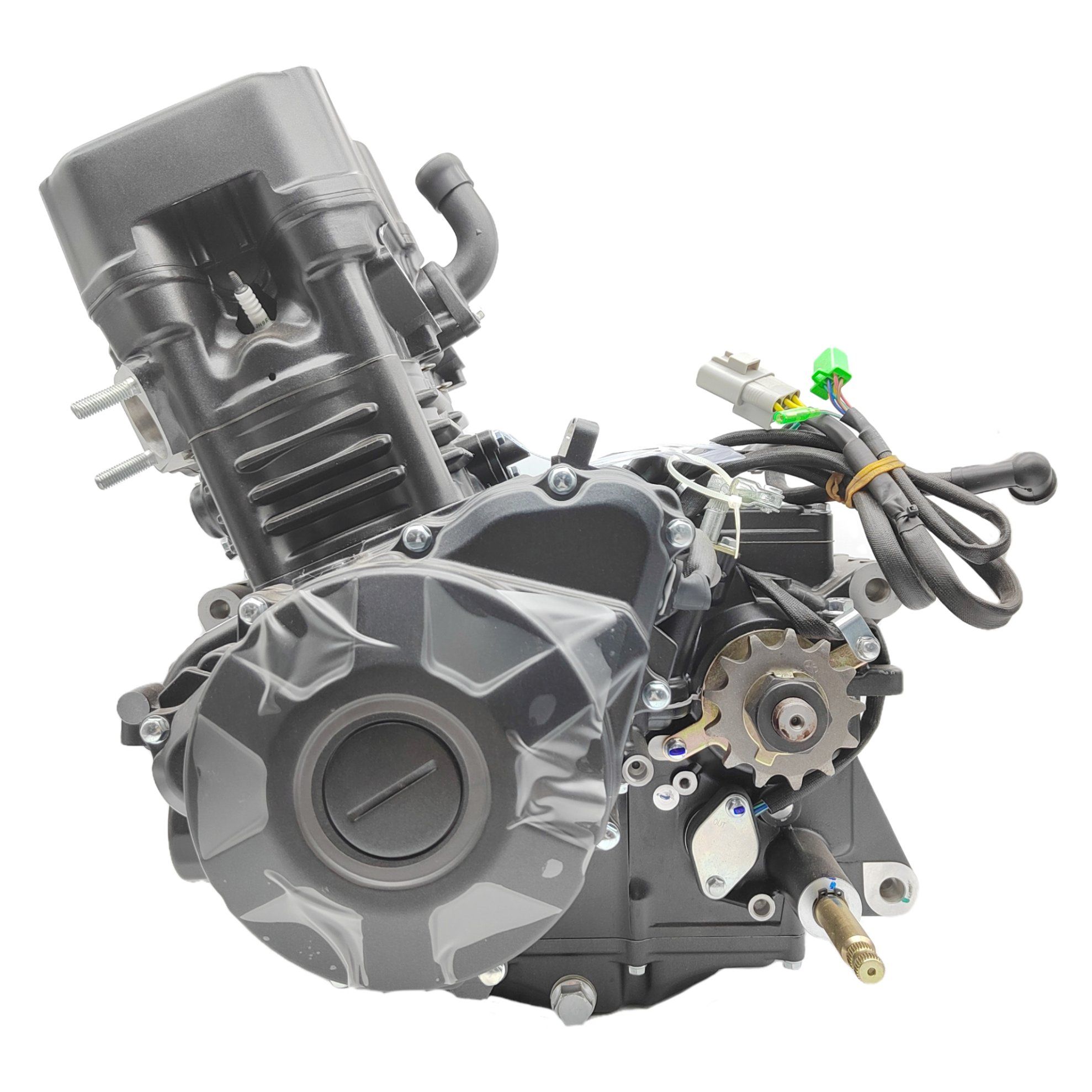 Understanding Motorcycle Engine Size
Understanding Motorcycle Engine Size
Motorcycle engine sizes are typically measured in cubic centimeters (cc), representing the engine’s displacement. Engine displacement refers to the total volume of all the cylinders in the engine combined, indicating the engine’s capacity to burn fuel and produce power. Understanding what engine size means and how it’s measured is fundamental for any motorcycle enthusiast.
What Engine Size Means
Engine size is a key factor that influences a motorcycle’s power, speed, and handling. Smaller engines, such as those under 500cc, are generally lighter and more maneuverable, making them ideal for beginners and city commuting. On the other hand, larger engines, exceeding 750cc, offer greater power and torque, suitable for highway cruising and long-distance touring.
Measuring Engine Displacement
Engine displacement is calculated by measuring the volume displaced by all the pistons within the cylinders as they move from the bottom to the top of their travel. This measurement is typically expressed in cubic centimeters (cc) or liters. For instance, a 600cc engine displaces 600 cubic centimeters of air and fuel mixture, directly impacting the motorcycle’s performance characteristics.
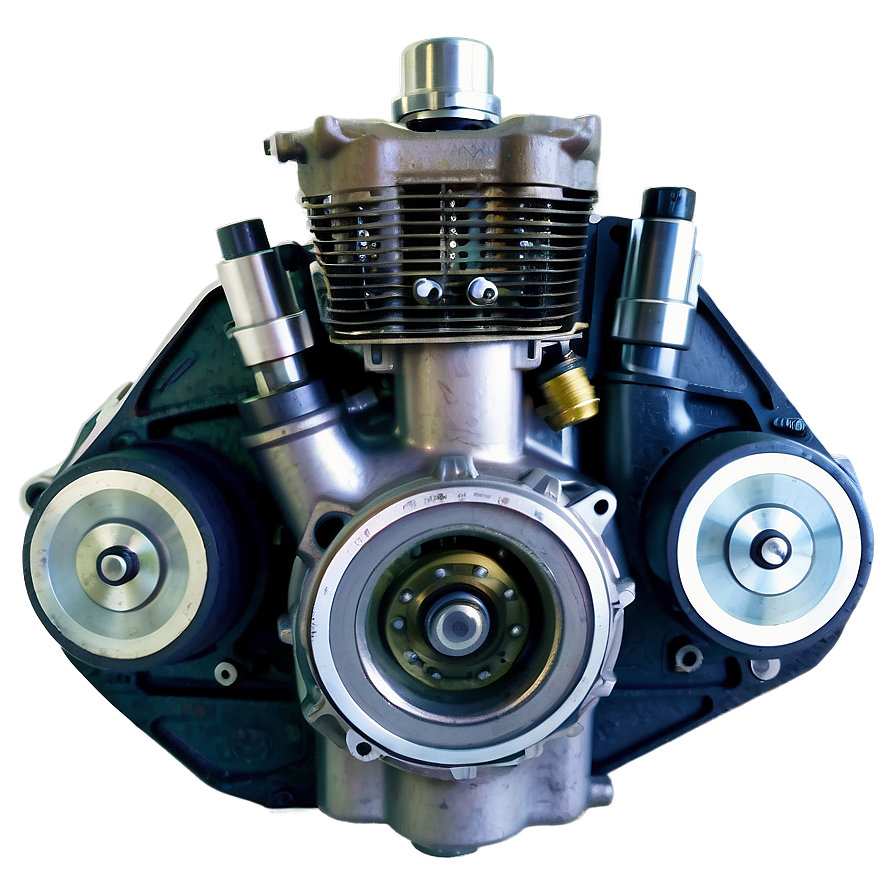 Common Motorcycle Engine Size and Their Uses
Common Motorcycle Engine Size and Their Uses
Different engine sizes cater to varying riding needs and preferences. Here’s a breakdown of the most common motorcycle engine sizes and their typical applications.
125cc Engines
125cc engines are often found in entry-level motorcycles and scooters. These engines offer a balance between performance and fuel efficiency, making them perfect for urban commuting and short trips. Their lightweight nature ensures easy handling, especially for new riders.
- Advantages: Fuel-efficient, easy to handle, affordable
- Ideal For: City commuting, beginner riders, short-distance travel
250cc Engines
A step up from 125cc, 250cc engines provide more power and better performance without significantly compromising fuel efficiency. They are versatile and can handle both city roads and occasional highway rides.
- Advantages: More power, versatile, better performance on highways
- Ideal For: Intermediate riders, mixed commuting and leisure riding
500cc Engines
500cc engines strike a balance between performance and manageability. They are popular among mid-sized sportbikes and adventure motorcycles, offering sufficient power for highway cruising while remaining relatively easy to handle.
- Advantages: Balanced performance, suitable for highways, manageable for most riders
- Ideal For: Sport riding, adventure touring, riders seeking a middle ground
750cc Engines
750cc engines are favored by riders who seek more power and better performance. These engines are common in sport-touring and larger standard motorcycles, providing ample torque for highway speeds and long-distance travel.
- Advantages: High power output, excellent for long-distance travel, strong highway performance
- Ideal For: Advanced riders, long-distance touring, sport enthusiasts
1000cc Engines and Above
Engines 1000cc and above are the powerhouse of the motorcycle world. These large engines are found in superbikes, cruisers, and touring motorcycles, delivering exceptional performance, speed, and torque. They are ideal for riders who prioritize power and have the experience to handle high-performance machines.
- Advantages: Unmatched power, superior speed, excellent torque
- Ideal For: Experienced riders, superbikes, extensive touring
Choosing the Right Engine Size for Your Riding Style
Selecting the right engine size is crucial for ensuring a comfortable and enjoyable riding experience. Your riding style, whether it’s daily commuting, sport riding, or long-distance touring, will significantly influence the best engine size for you.
Commuting
For daily commuting, a motorcycle with a smaller engine, such as a 125cc or 250cc, is ideal. These bikes are lightweight, easy to maneuver through traffic, and offer excellent fuel efficiency. They are perfect for short to medium distances and ensure that you can navigate urban environments with ease.
- Recommendations: 125cc scooters, 250cc commuter bikes
Sport Riding
If you’re into sport riding, a motorcycle with a 500cc or higher engine is recommended. These bikes provide the necessary power and speed for spirited riding and track performance. They are designed for agility, quick acceleration, and dynamic handling, making them perfect for riders who crave excitement and performance.
- Recommendations: 500cc sportbikes, 750cc sport-touring motorcycles
Touring
For long-distance touring, a larger engine, such as 750cc or 1000cc, is preferred. These motorcycles offer the power and stability needed for highway cruising, ample fuel capacity, and comfortable ergonomics for extended rides. They also typically come equipped with features that enhance comfort and convenience for long journeys.
- Recommendations: 750cc adventure motorcycles, 1000cc touring bikes
Off-Road and Adventure
Riding off-road or tackling adventurous terrains requires a motorcycle with a robust engine, typically 500cc to 750cc. These bikes are built to handle rough surfaces, steep climbs, and varying weather conditions, offering the power and torque needed to navigate challenging environments.
- Recommendations: 500cc dual-sport bikes, 750cc adventure motorcycles
 Pros and Cons of Different Engine Sizes
Pros and Cons of Different Engine Sizes
Each engine size comes with its own set of advantages and drawbacks. Understanding these can help you make an informed decision based on your specific needs and preferences.
Smaller Engines (125cc – 250cc)
Pros:
- Fuel Efficiency: Lower fuel consumption means fewer stops at the pump.
- Affordability: Generally cheaper to purchase and maintain.
- Lightweight: Easier to handle, especially for beginners.
Cons:
- Limited Power: May struggle with high-speed highway riding or towing.
- Less Versatility: Not ideal for long-distance or high-performance needs.
Medium Engines (500cc – 750cc)
Pros:
- Balanced Performance: Offers a good mix of power and manageability.
- Versatile Usage: Suitable for both city riding and highway cruising.
- Moderate Fuel Efficiency: Better than larger engines but not as efficient as smaller ones.
Cons:
- Heavier: Can be more challenging to handle for absolute beginners.
- Higher Cost: More expensive than smaller engines in terms of purchase and maintenance.
Large Engines (1000cc and above)
Pros:
- High Power Output: Exceptional speed and torque for superior performance.
- Excellent for Touring: Ideal for long-distance travel with comfort and stability.
- Impressive Presence: Makes a strong statement on the road.
Cons:
- Fuel Consumption: Higher fuel usage can lead to frequent refueling and increased costs.
- Expensive: Higher initial cost and maintenance expenses.
- Heavyweight: Requires more strength and experience to handle effectively.
Fuel Efficiency and Performance by Engine Size
Fuel efficiency and performance are directly influenced by the motorcycle’s engine size. Smaller engines are generally more fuel-efficient, making them ideal for budget-conscious riders and those who prioritize economy. In contrast, larger engines provide better performance but at the cost of higher fuel consumption.
Fuel Consumption Variations
- 125cc Engines: Offer the best fuel efficiency, ideal for daily commuters who cover short to medium distances.
- 250cc Engines: Slightly less fuel-efficient than 125cc but provide a better balance between economy and performance.
- 500cc Engines: Moderate fuel efficiency with increased power, suitable for mixed riding styles.
- 750cc Engines and Above: Lower fuel efficiency due to higher power output, best suited for riders who prioritize performance over economy.
Performance Metrics
Engine size directly affects key performance metrics such as acceleration, top speed, and torque.
- Smaller Engines: Provide adequate performance for city riding but may lag in acceleration and top speed for highway use.
- Medium Engines: Offer a balanced performance suitable for both city and highway, with satisfactory acceleration and torque.
- Large Engines: Deliver impressive acceleration, high top speeds, and substantial torque, ideal for high-performance and long-distance riding.
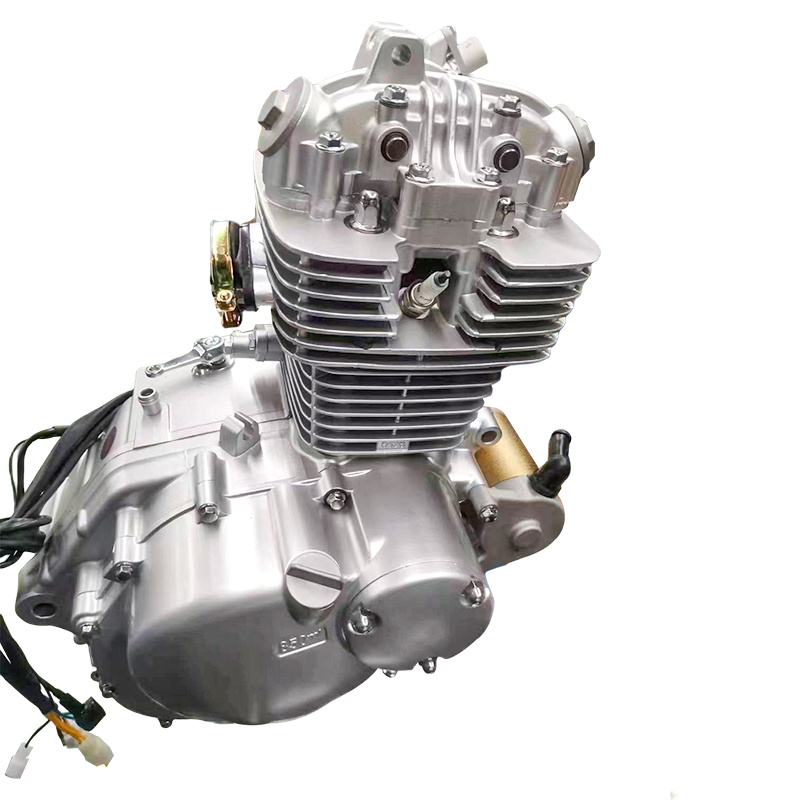 Maintenance and Upkeep Based on Engine Size
Maintenance and Upkeep Based on Engine Size
Different engine sizes require varying levels of maintenance to ensure optimal performance and longevity. Understanding the maintenance needs of your motorcycle based on its engine size can help you keep it in top condition.
Regular Maintenance Needs
- Smaller Engines (125cc – 250cc): Require routine maintenance such as oil changes, filter replacements, and brake checks. These engines are generally simpler and easier to maintain.
- Medium Engines (500cc – 750cc): Need more frequent maintenance due to higher usage and more complex components. Regular inspections of the fuel system, cooling system, and electrical components are essential.
- Large Engines (1000cc and above): Demand meticulous maintenance, including comprehensive engine checks, suspension inspections, and advanced component servicing. These engines often have higher maintenance costs and require specialized knowledge.
Common Issues by Engine Size
- Smaller Engines: Susceptible to issues like poor fuel efficiency, engine idling problems, and limited power output.
- Medium Engines: May face challenges such as overheating, electrical system faults, and more frequent wear and tear on moving parts.
- Large Engines: Often encounter problems related to complex mechanical systems, higher maintenance needs, and potential overheating during long rides.
Regular maintenance tailored to your motorcycle’s engine size ensures reliability, safety, and longevity, allowing you to enjoy a smooth and trouble-free riding experience.
Future Trends in Motorcycle Engine Size
The motorcycle industry is constantly evolving, with advancements in technology and growing emphasis on sustainability shaping the future of engine sizes.
Electric Motorcycles
Electric motorcycles are gaining popularity as a sustainable alternative to traditional combustion engines. These bikes eliminate the need for fuel combustion, reducing emissions and promoting eco-friendly transportation.
- Advantages: Zero emissions, lower maintenance, instant torque
- Challenges: Limited range, longer recharge times, higher initial cost
Hybrid Engines
Hybrid motorcycles combine traditional combustion engines with electric motors, offering a balance between performance and environmental responsibility. This technology aims to enhance fuel efficiency while maintaining the power and performance riders expect.
- Advantages: Improved fuel efficiency, reduced emissions, versatile performance
- Challenges: Complex technology, higher cost, limited availability
Eco-Friendly Innovations
Manufacturers are investing in eco-friendly innovations to reduce the environmental impact of motorcycles. These include developments in fuel efficiency, lightweight materials, and cleaner manufacturing processes.
- Examples: Advanced engine designs, use of sustainable materials, incorporation of regenerative braking systems
As these trends continue to develop, motorcycle engine sizes will adapt to meet the demands of a more environmentally conscious and technologically advanced market.
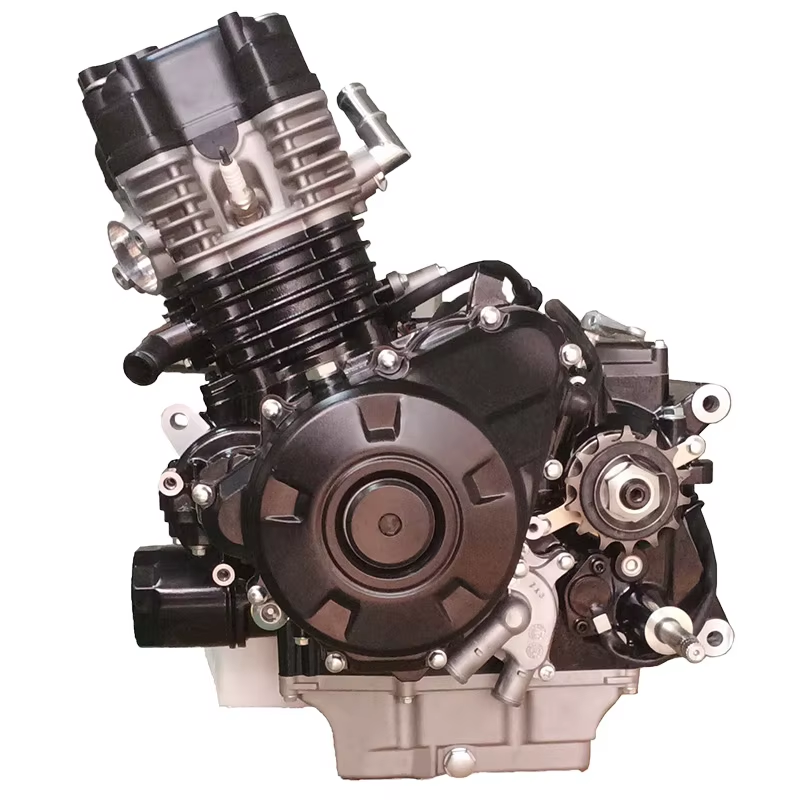 Conclusion
Conclusion
Understanding motorcycle engine sizes is essential for selecting a bike that matches your riding style, performance needs, and budget. From the fuel-efficient and maneuverable 125cc engines perfect for city commuting to the powerful and robust 1000cc engines ideal for long-distance touring, each engine size offers unique advantages and trade-offs. By considering factors such as fuel efficiency, performance metrics, maintenance requirements, and future trends, you can make an informed decision that ensures a satisfying and enjoyable riding experience. Embrace the knowledge of motorcycle engine sizes and choose a bike that perfectly aligns with your riding aspirations, enhancing both your performance and enjoyment on the road.
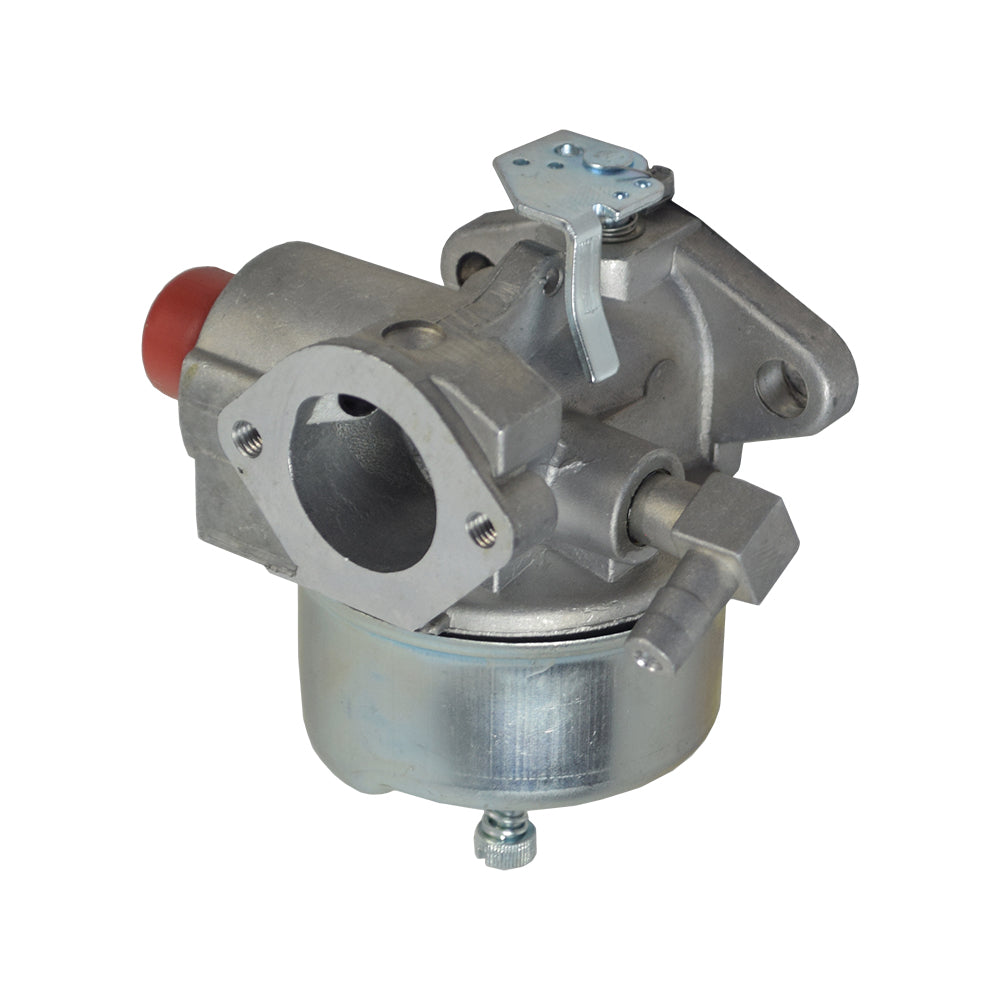
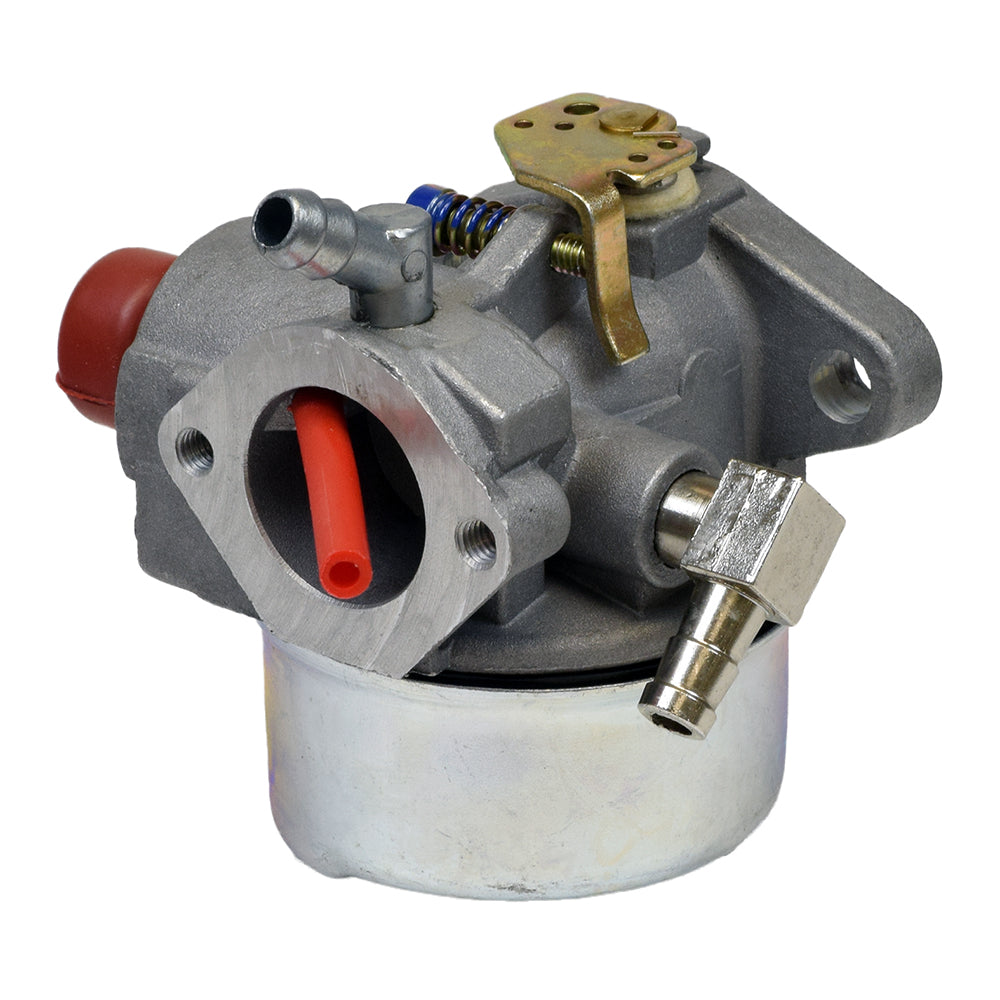
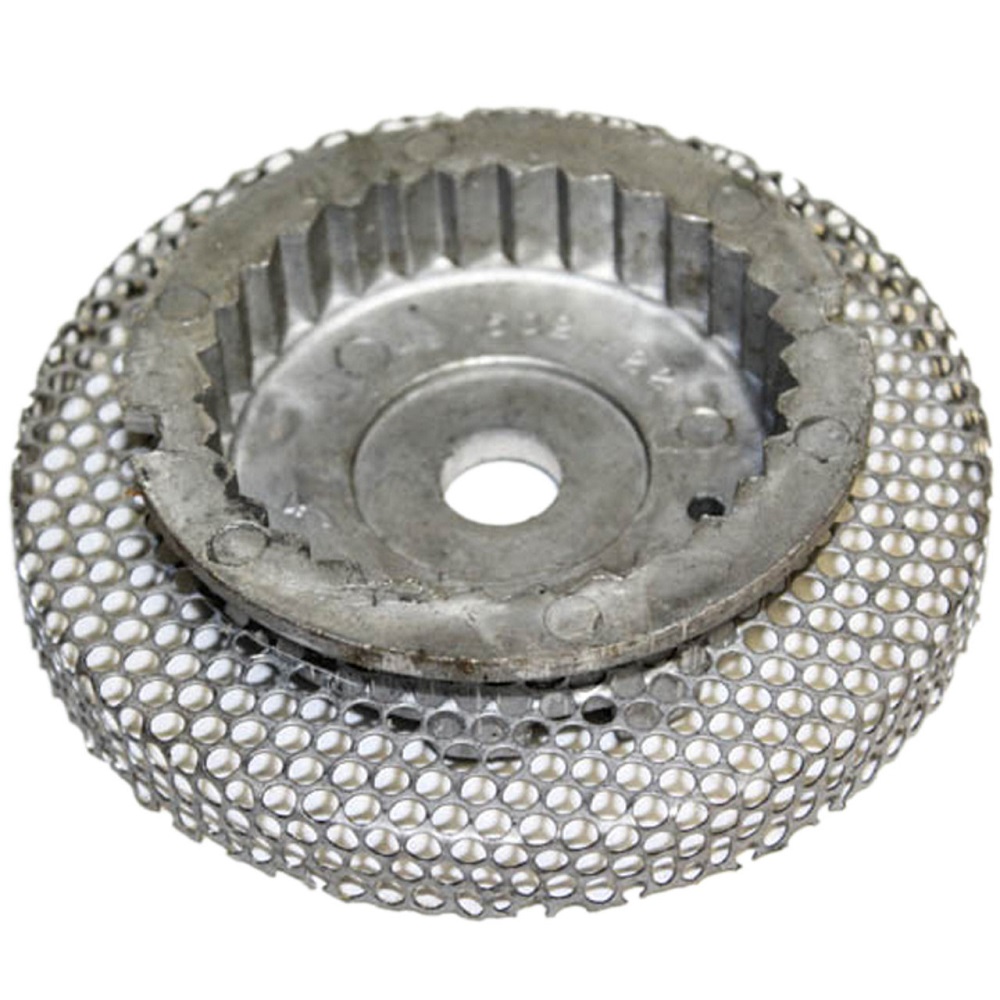


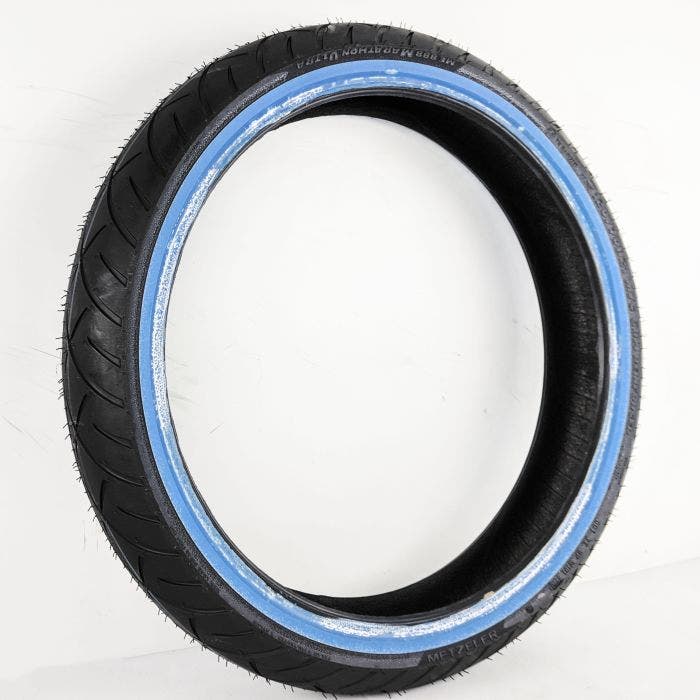
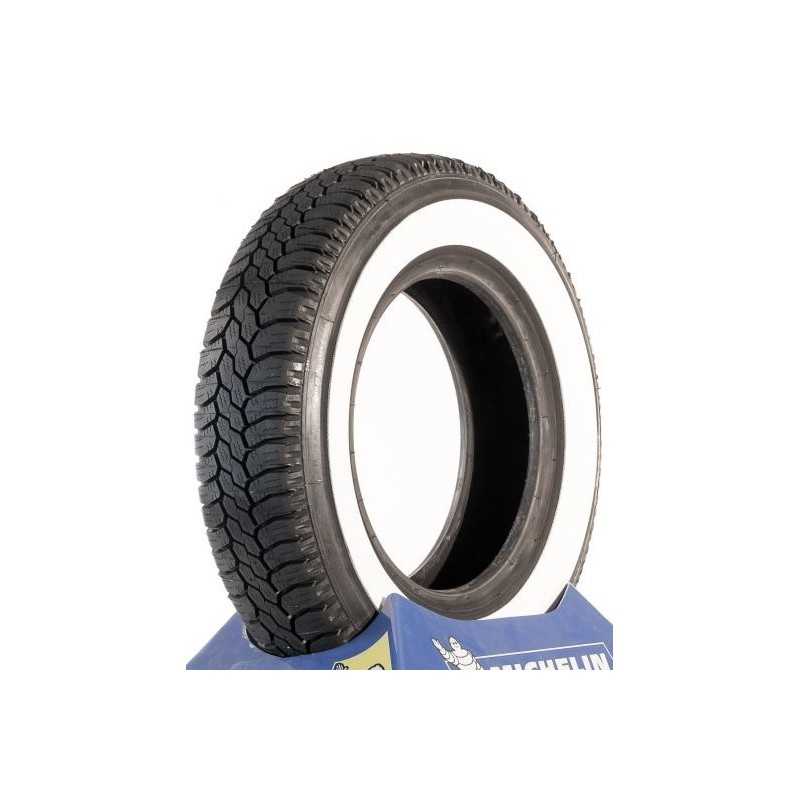
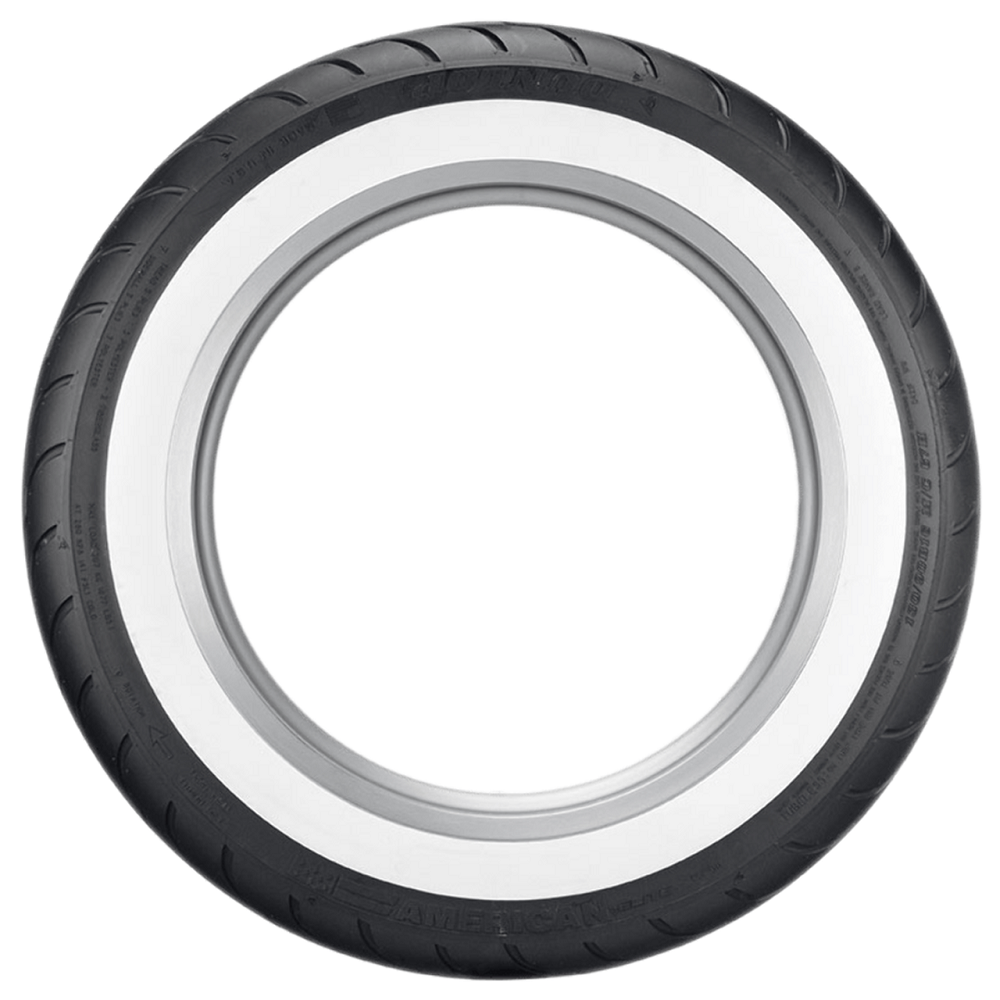

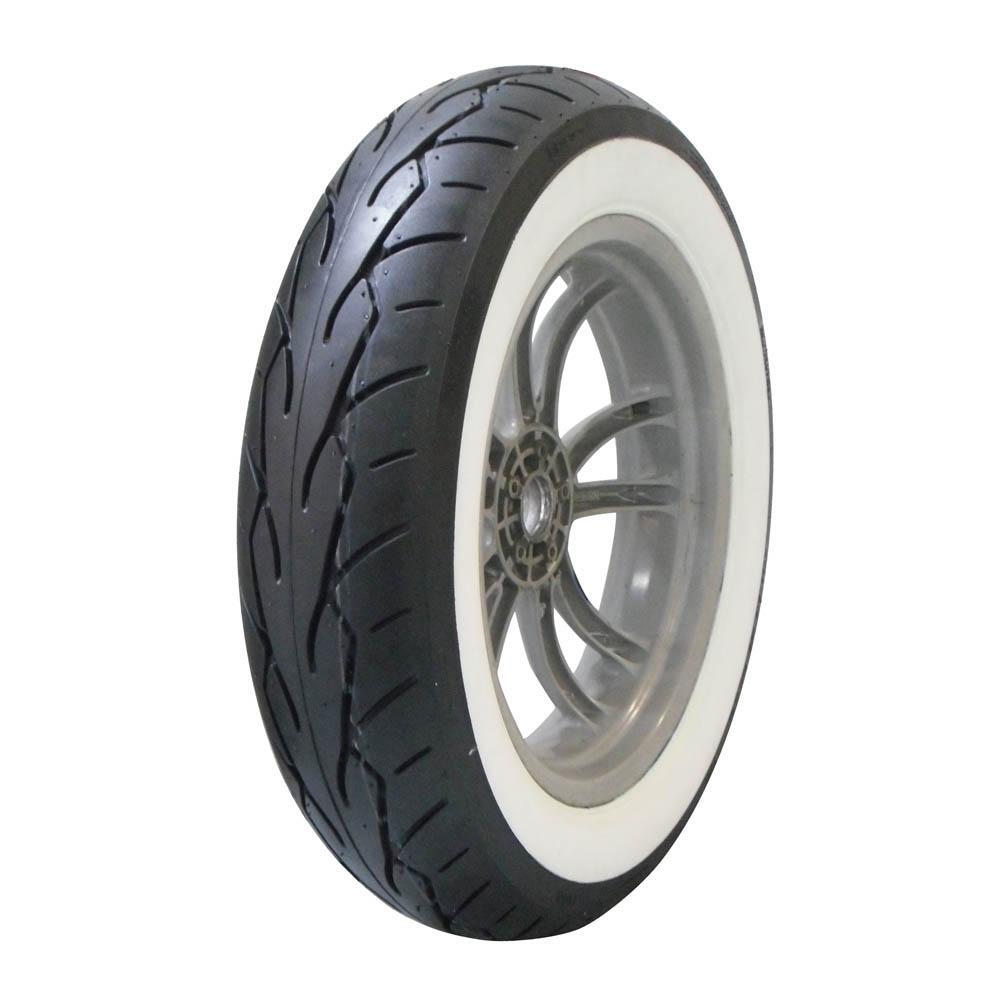

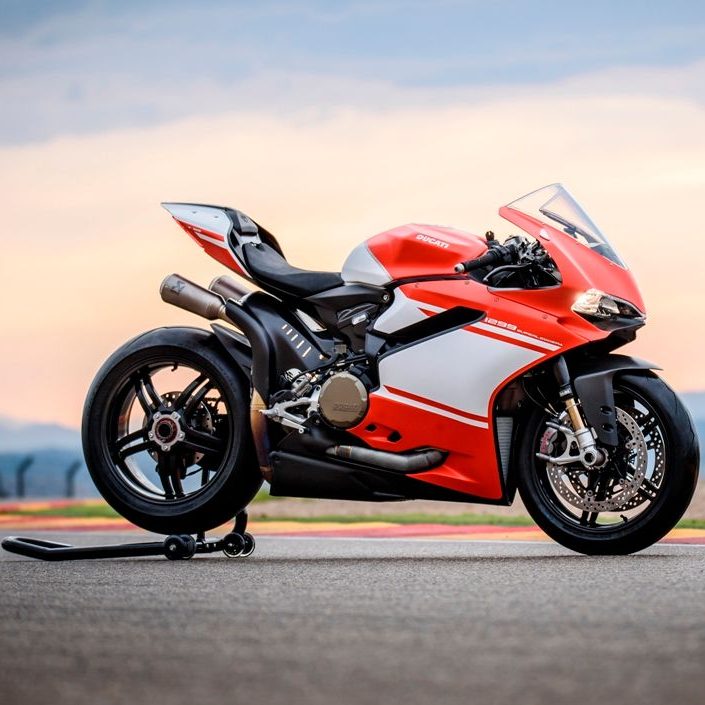

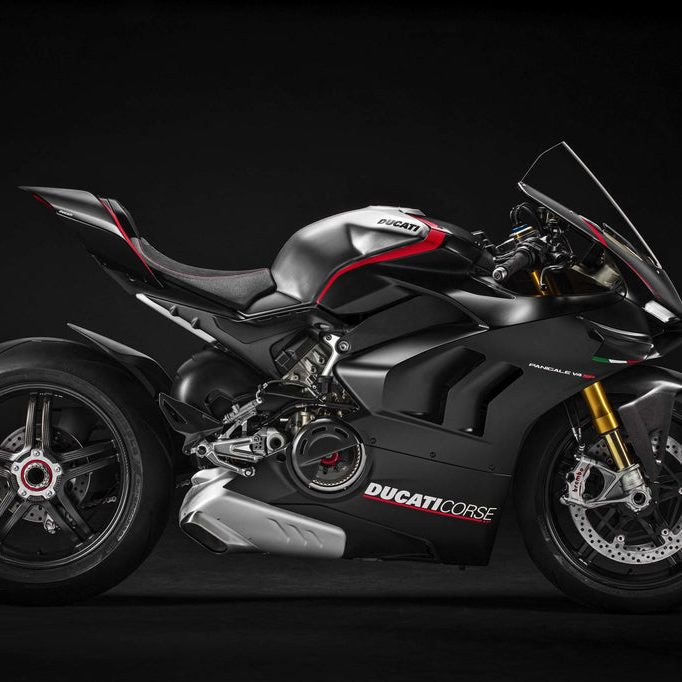
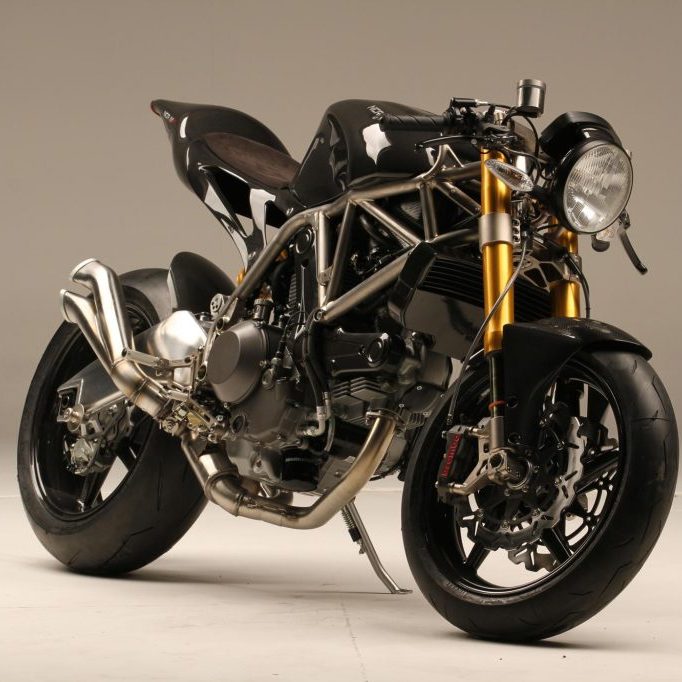



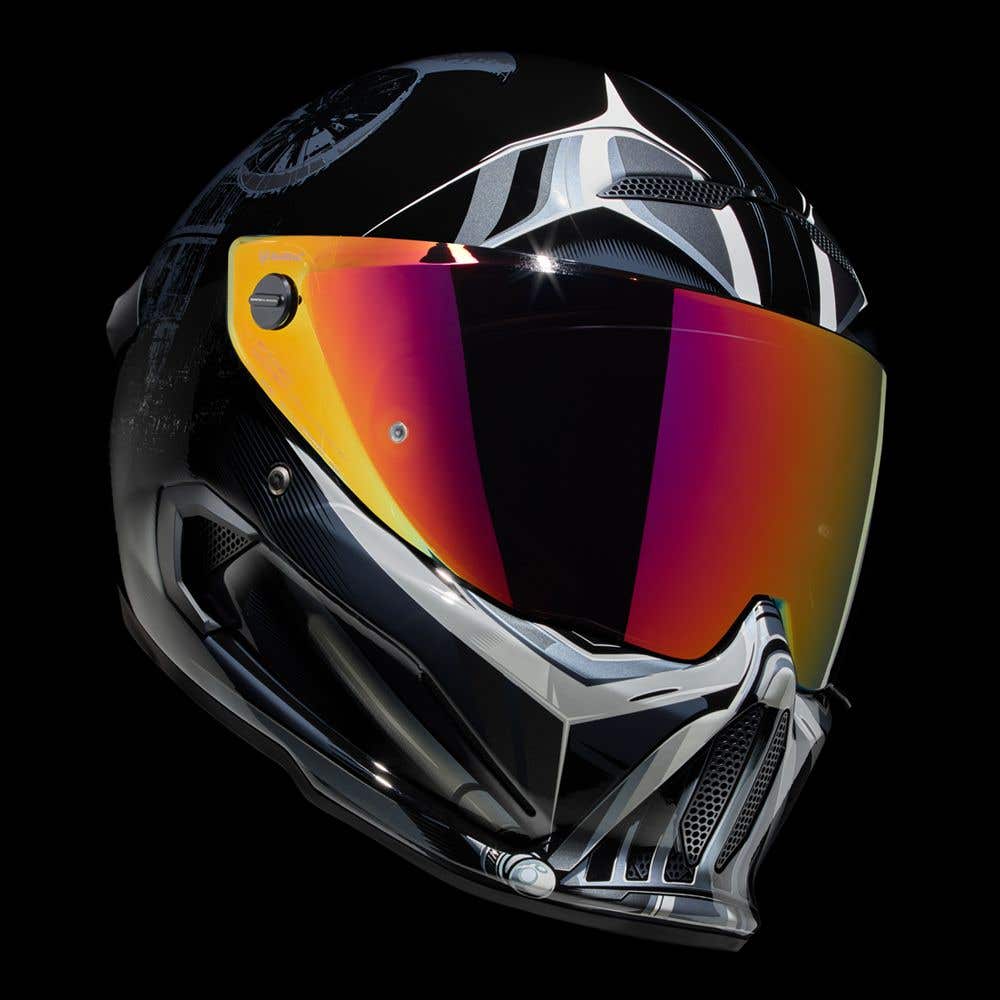
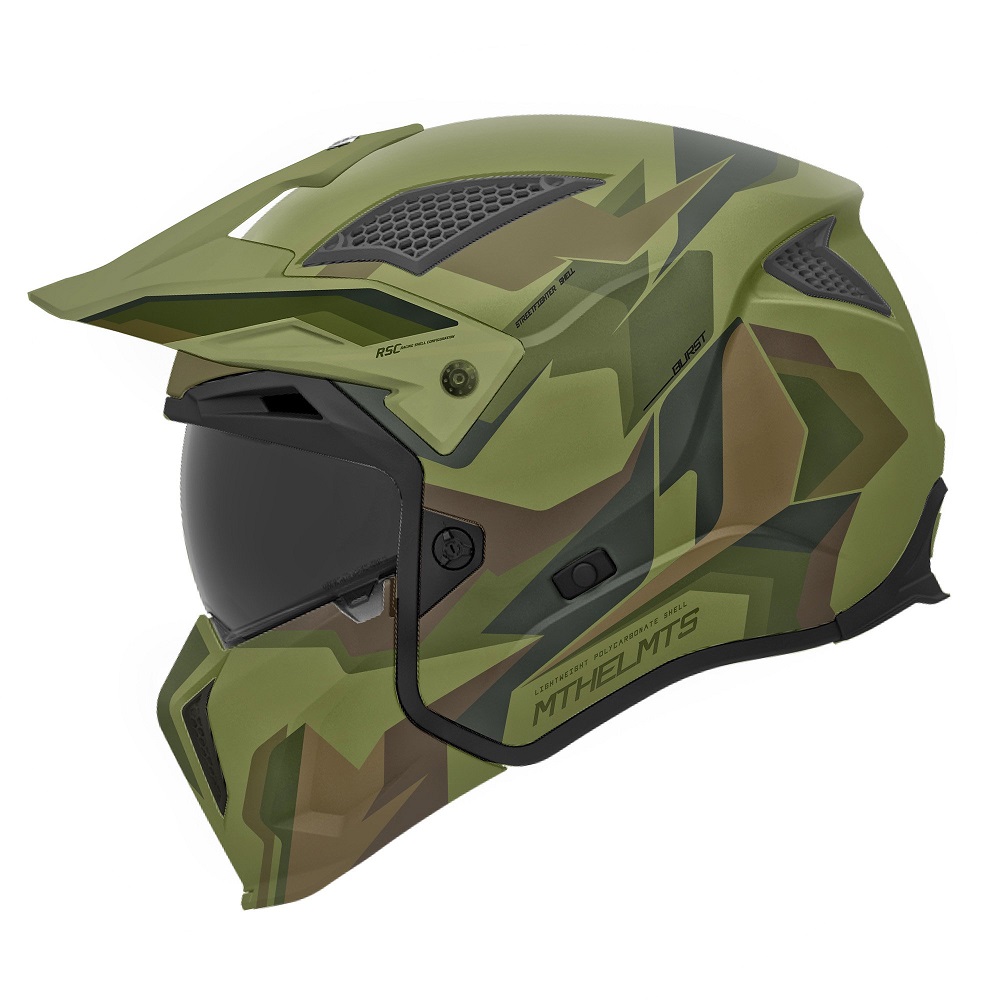
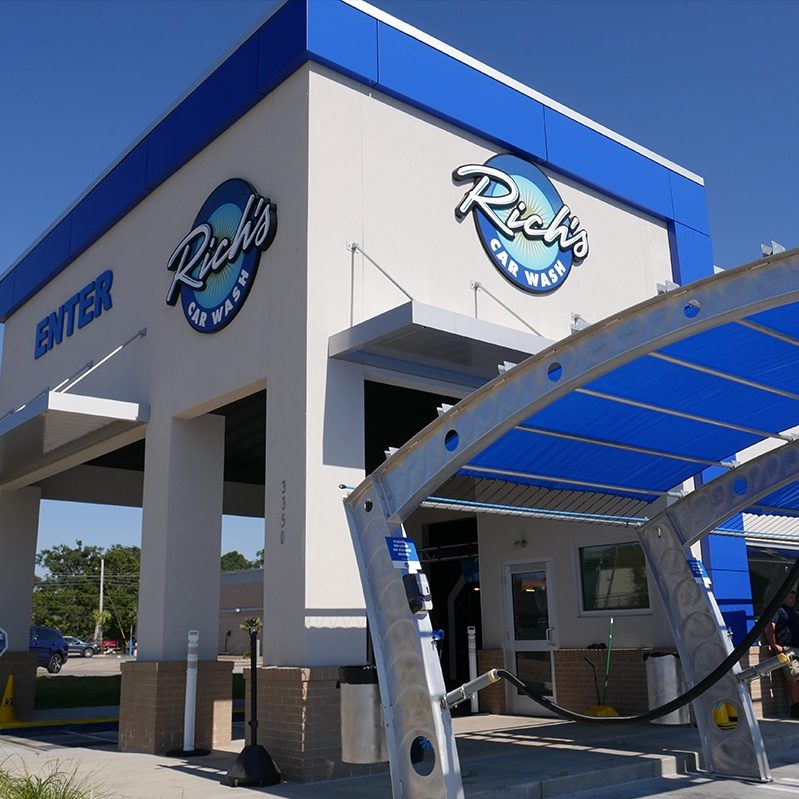
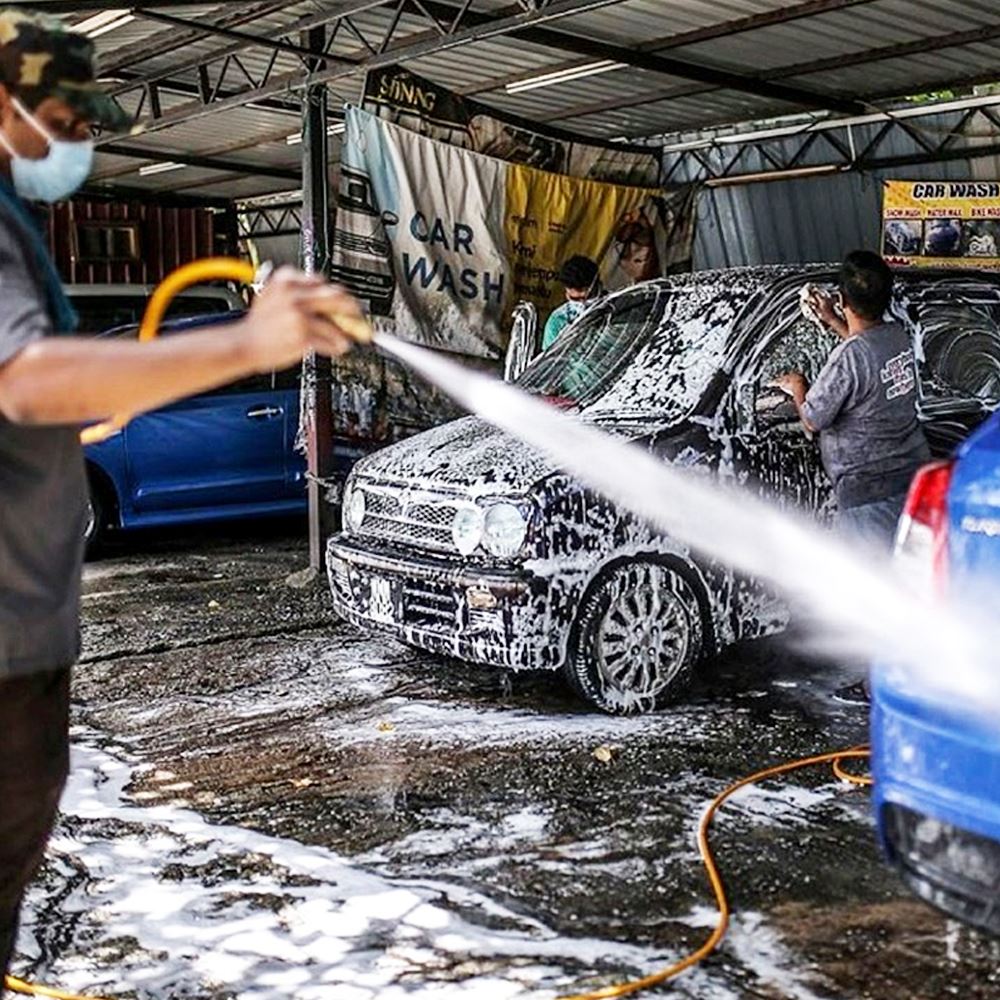



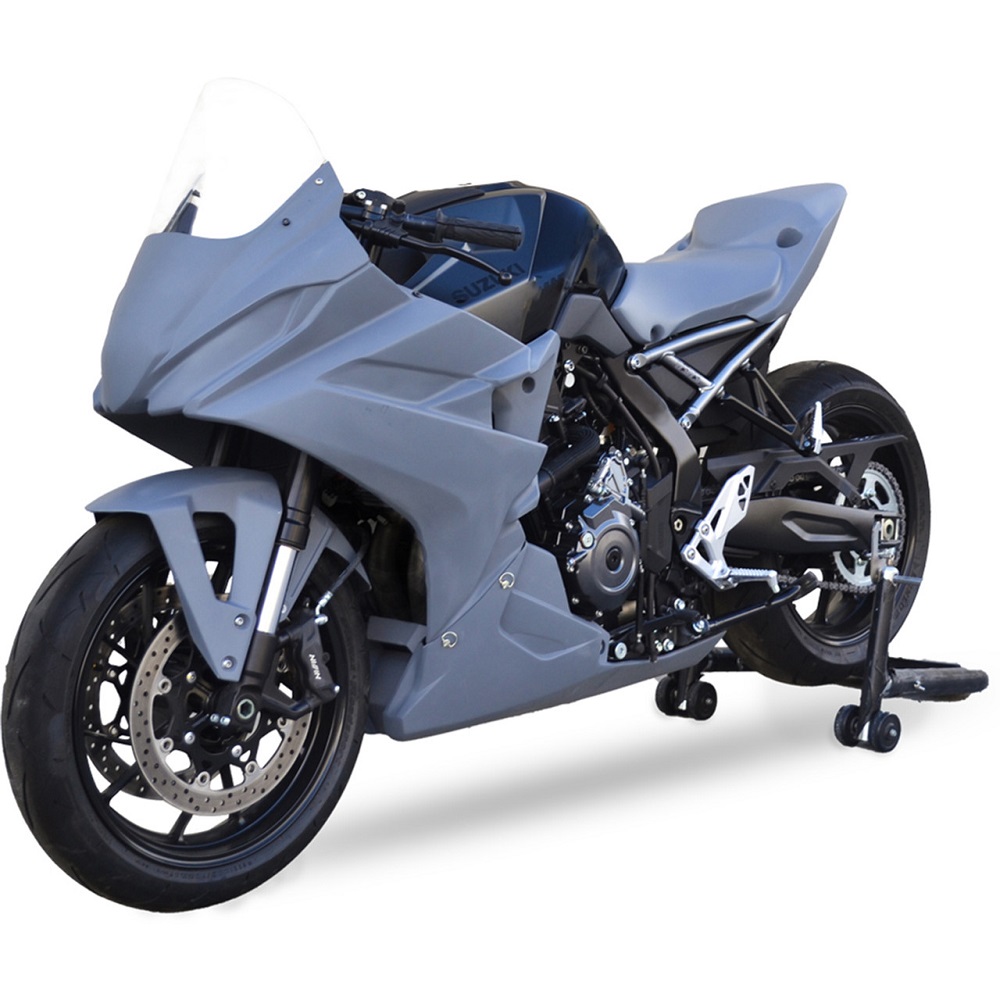
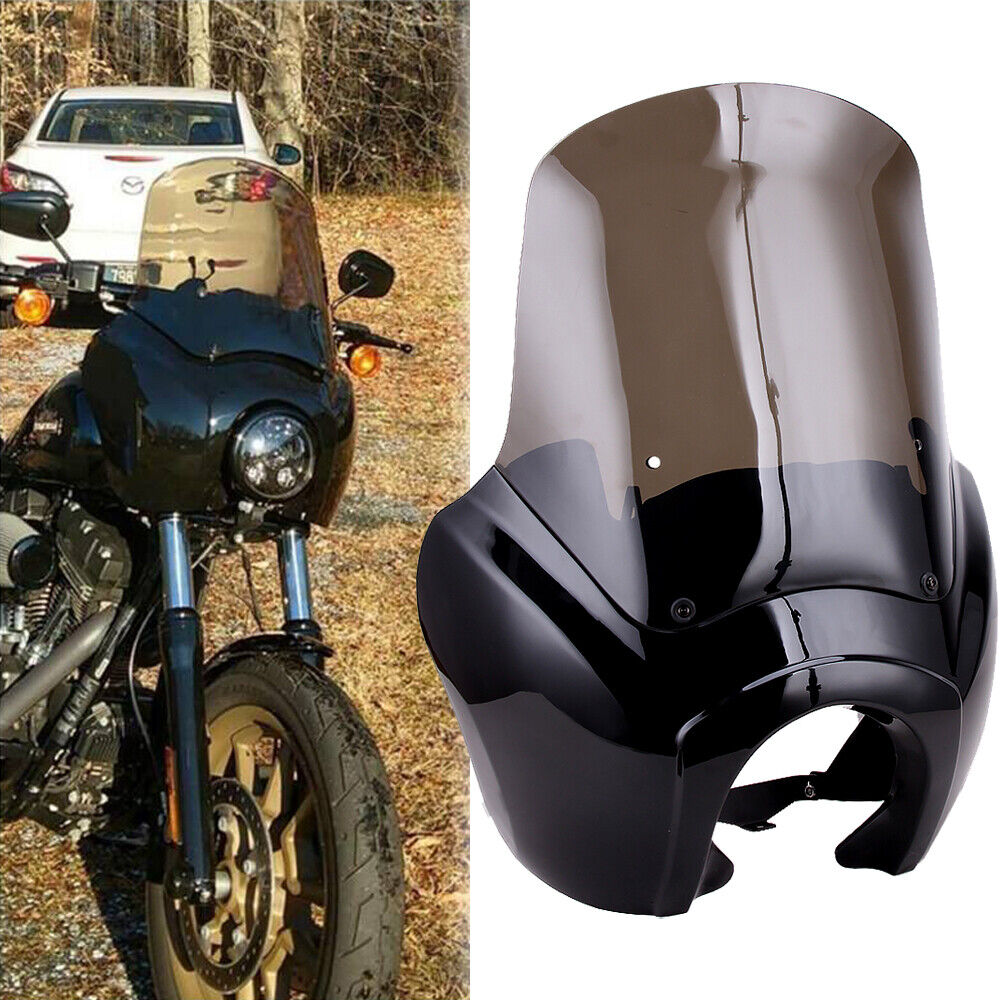

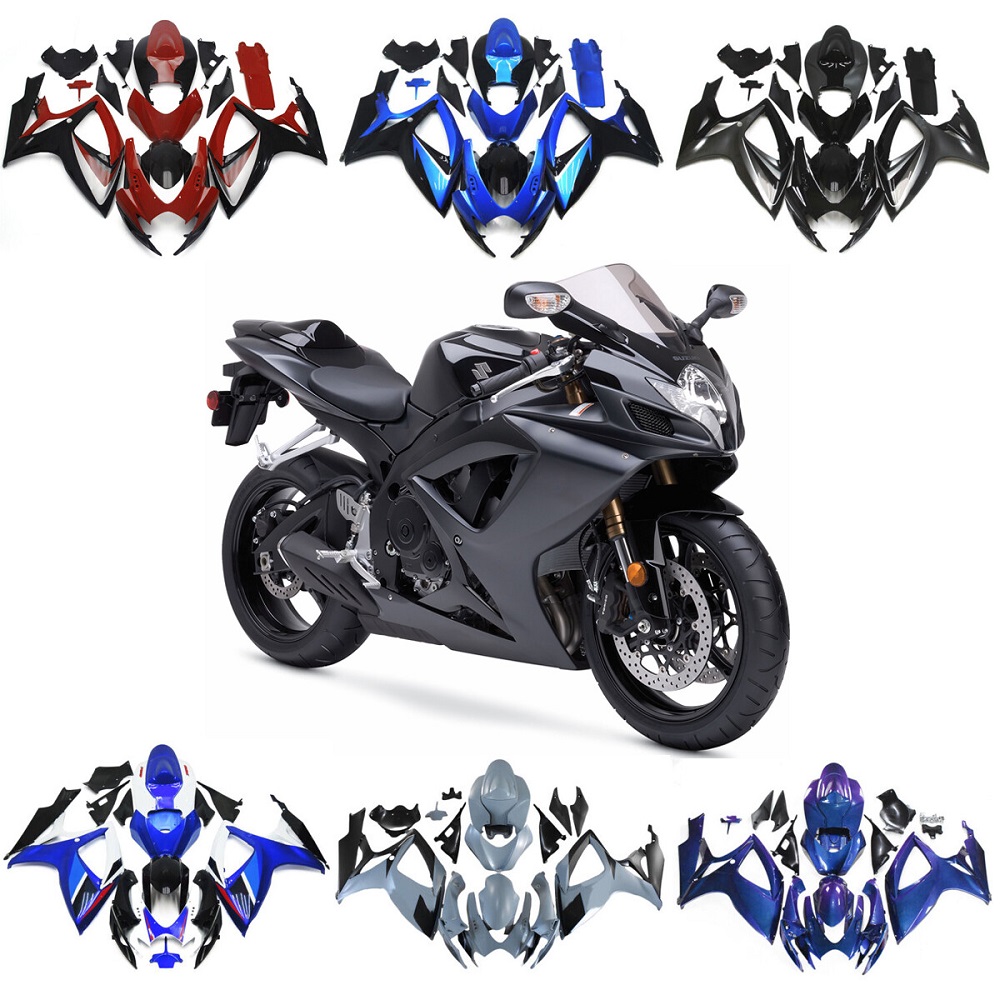

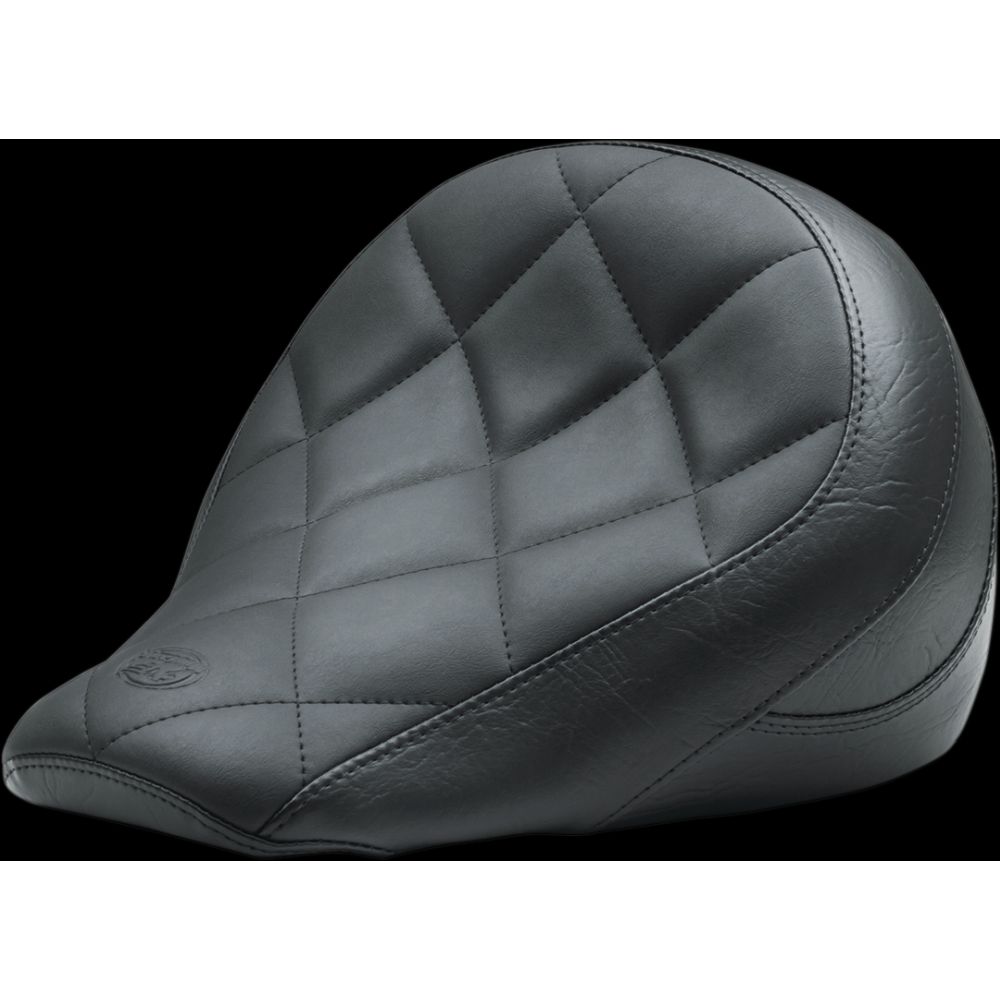
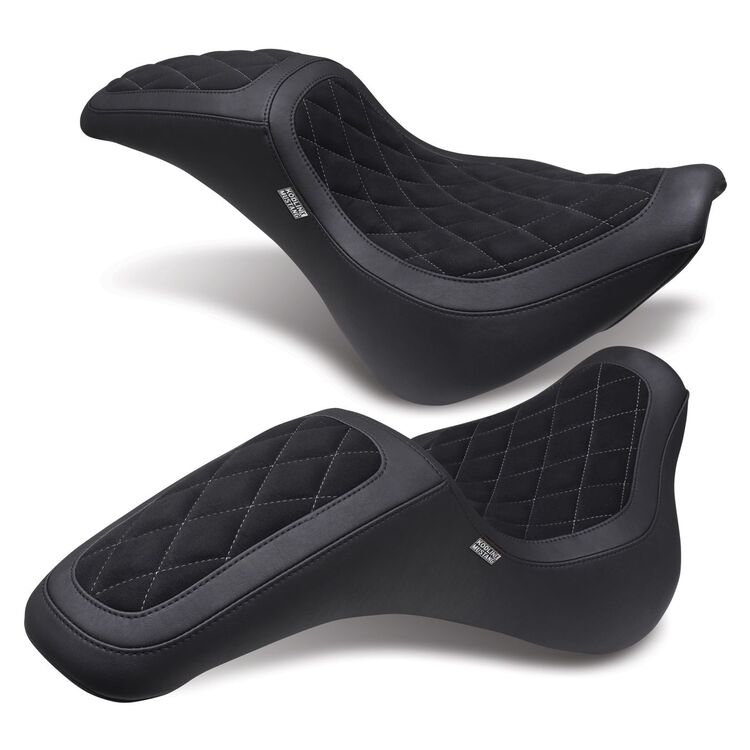
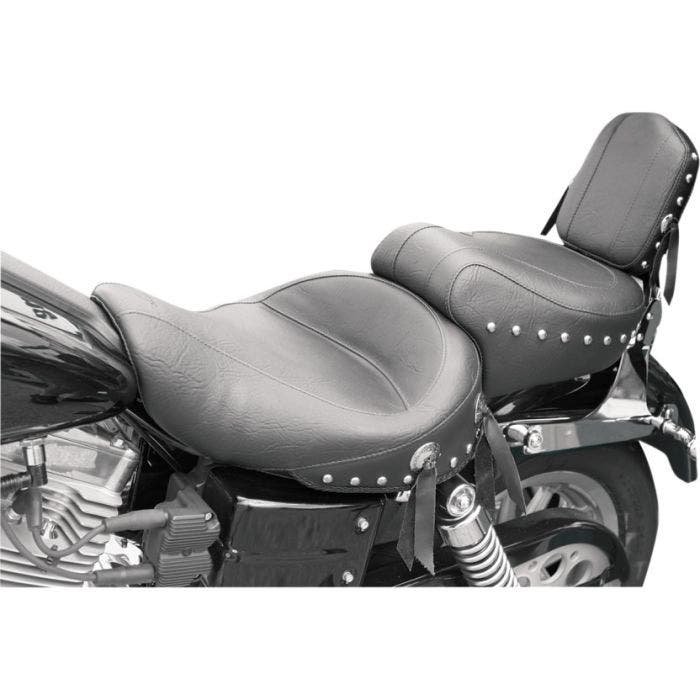
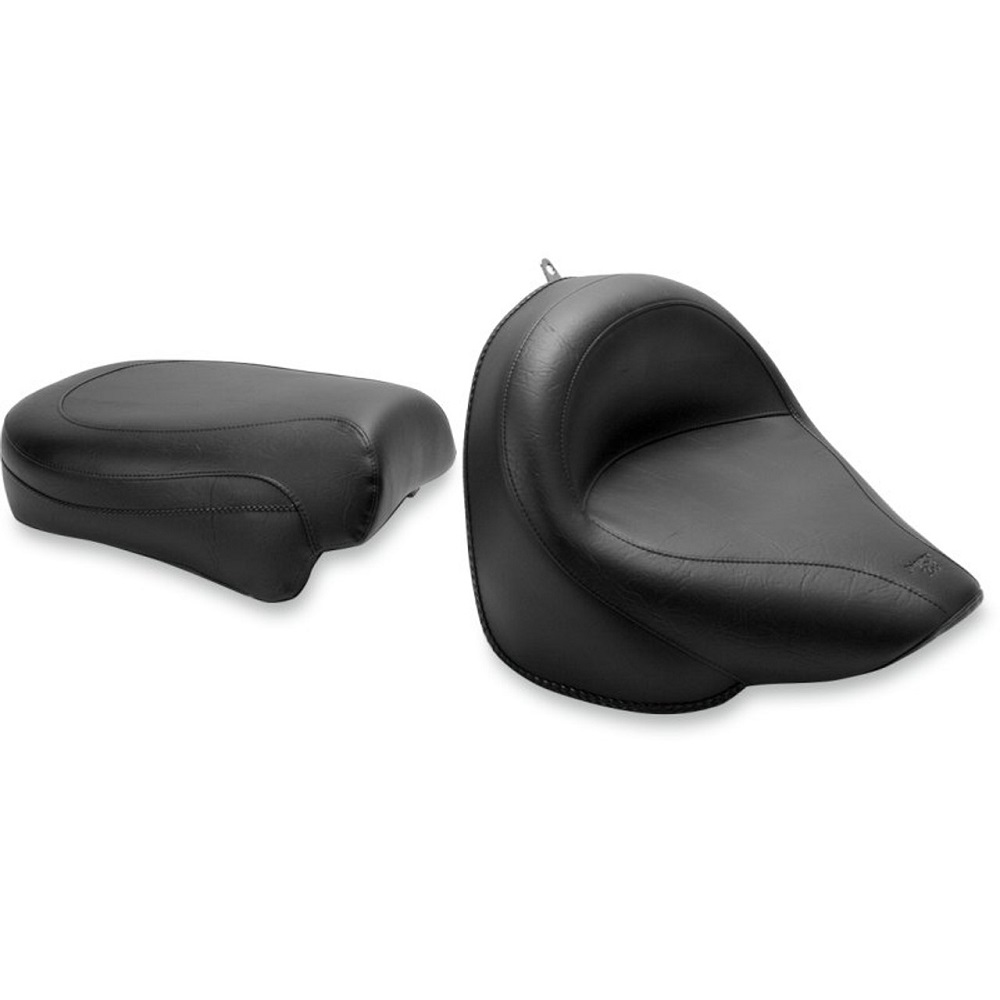

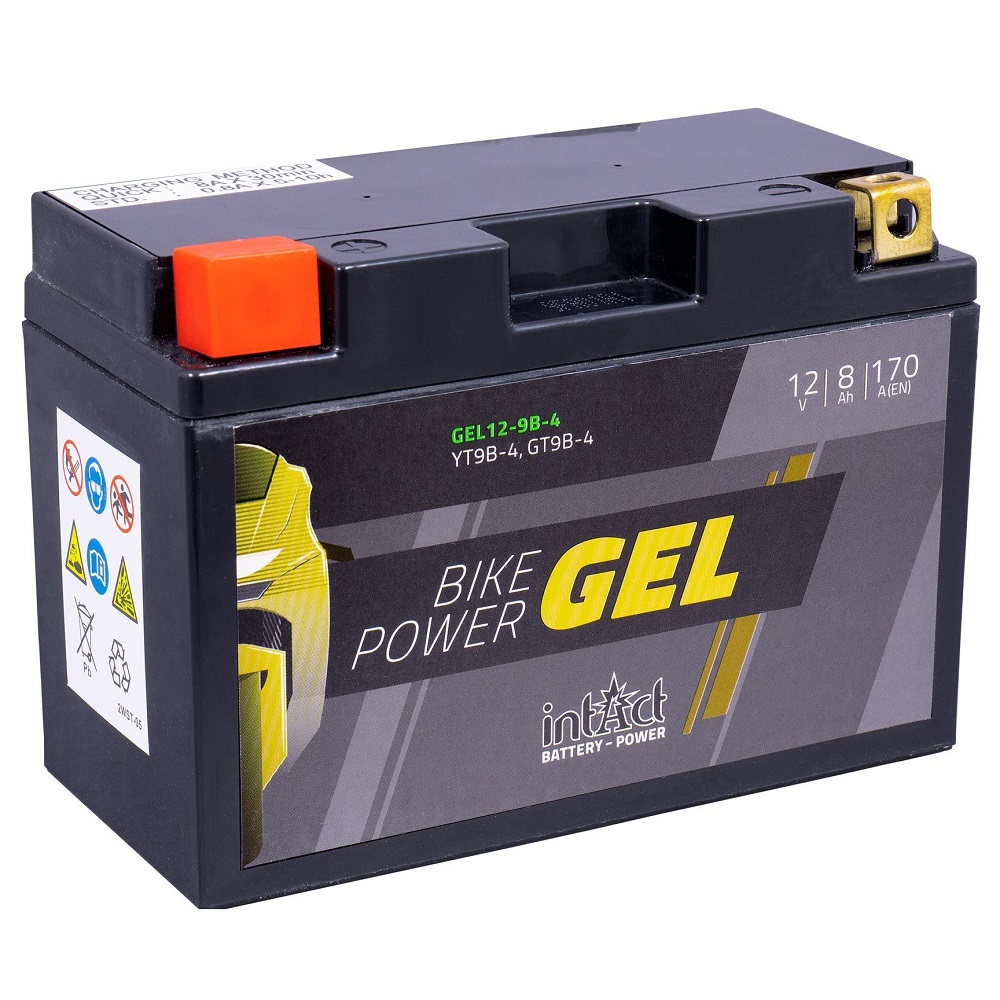
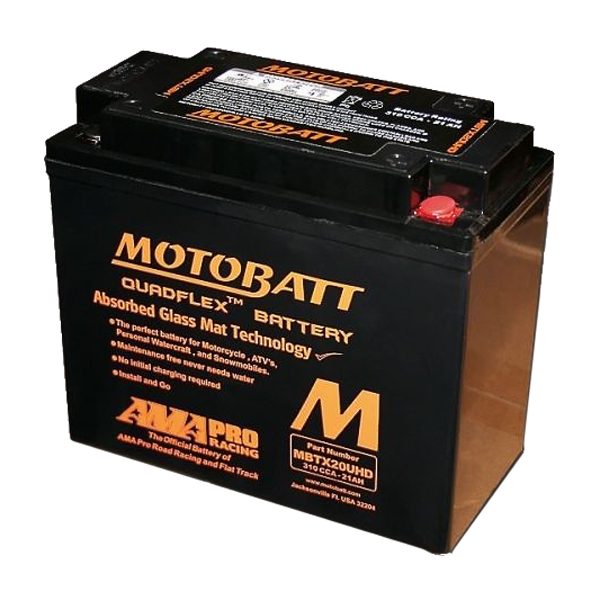


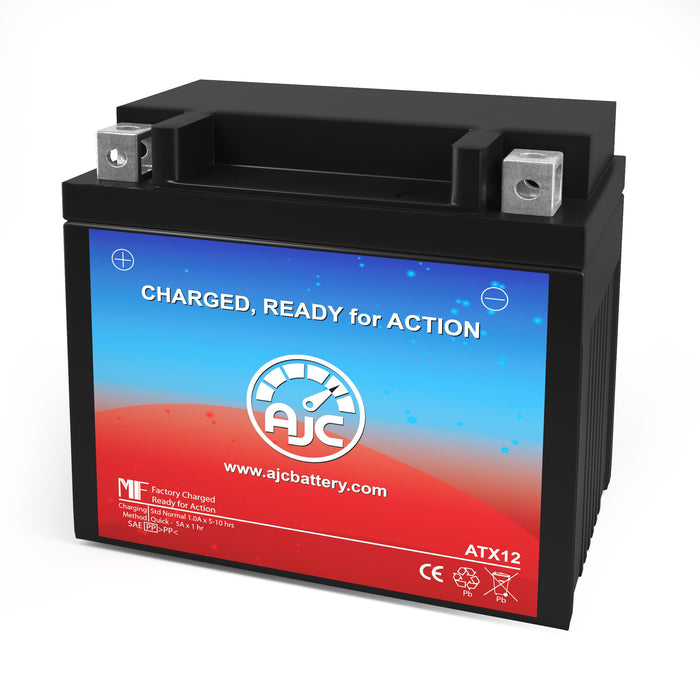
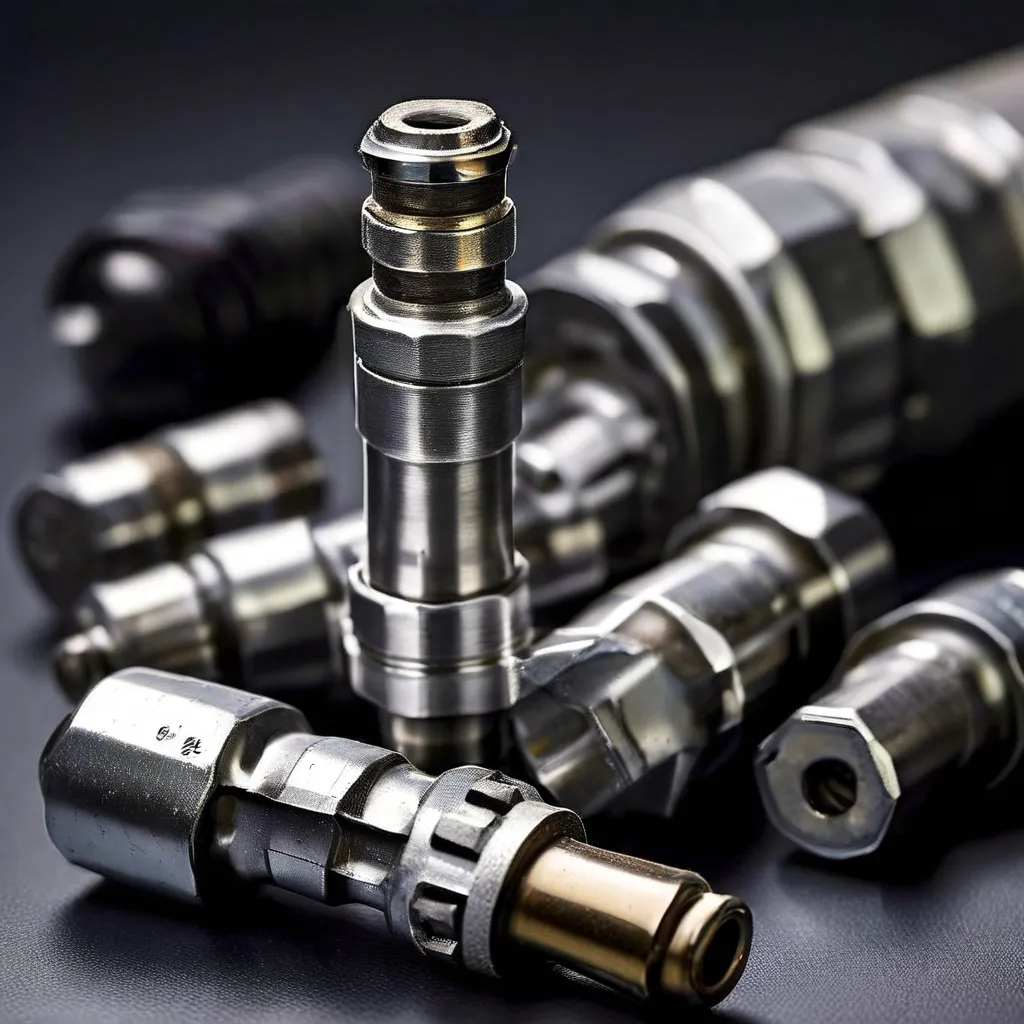 Understanding Spark Plug Socket
Understanding Spark Plug Socket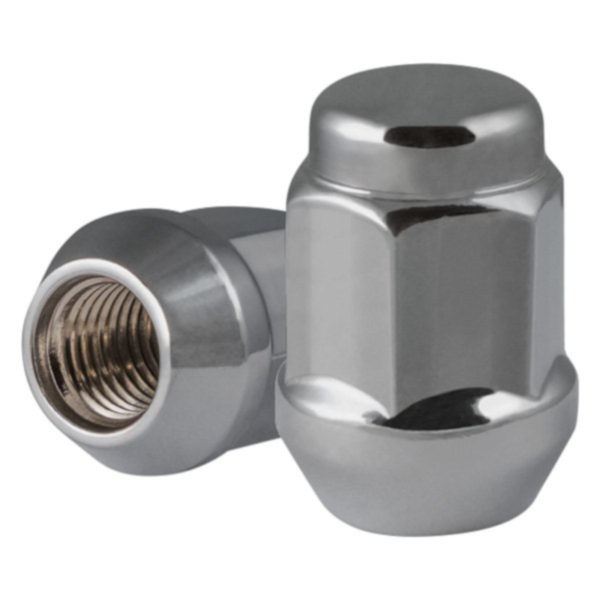 Benefits of Using the Correct Spark Plug Socket
Benefits of Using the Correct Spark Plug Socket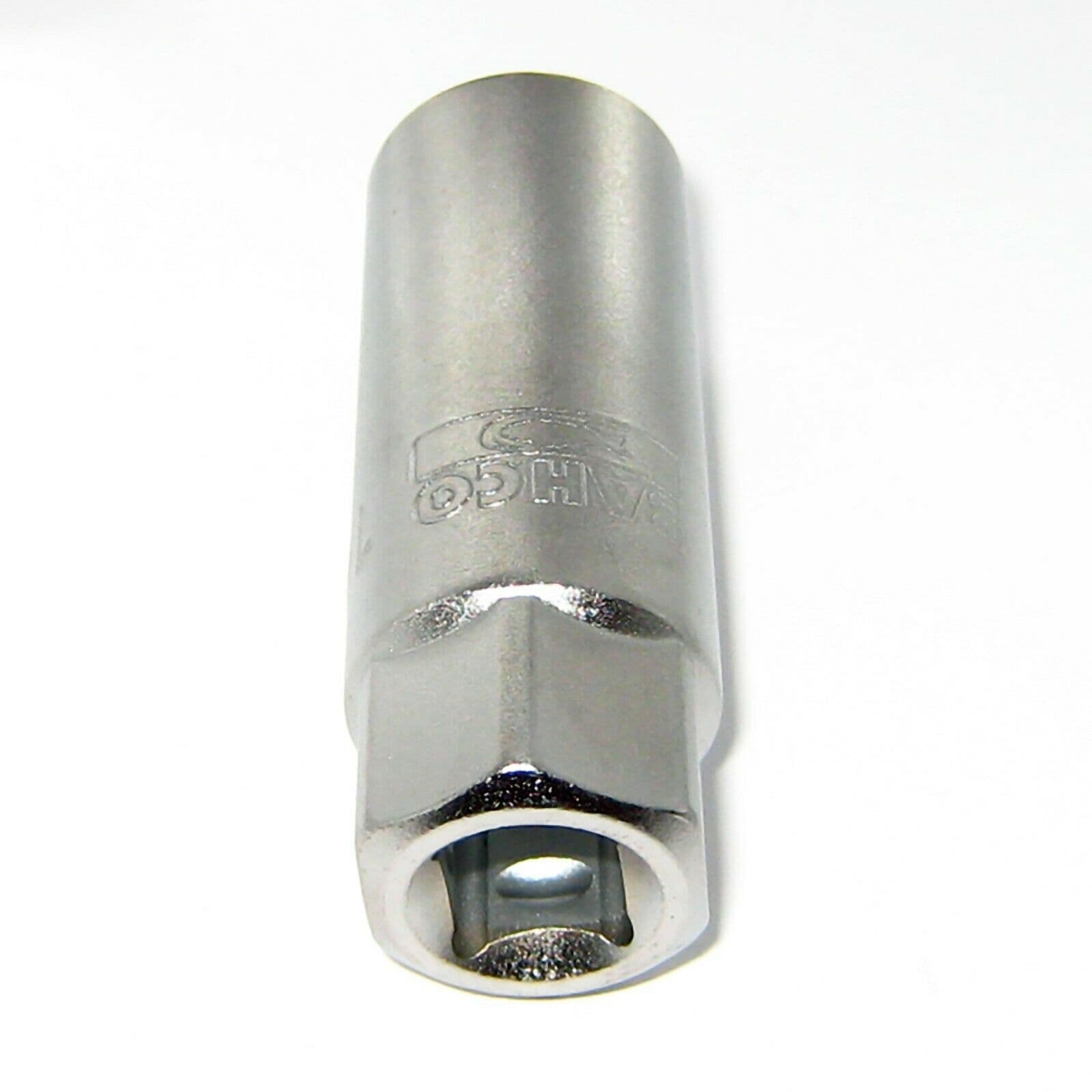 Common Mistakes When Choosing Spark Plug Socket
Common Mistakes When Choosing Spark Plug Socket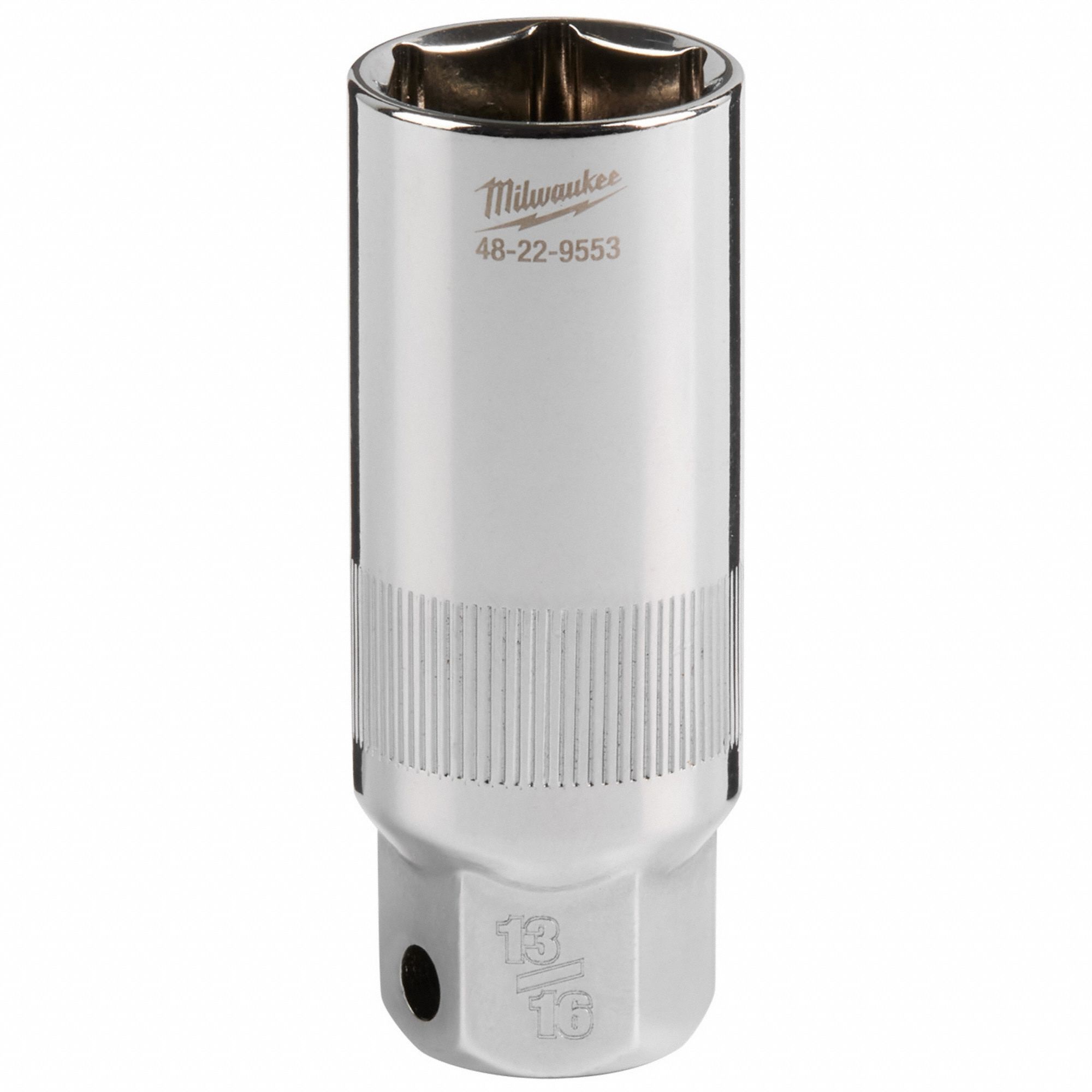 Top Recommended Spark Plug Sockets for Various Sizes
Top Recommended Spark Plug Sockets for Various Sizes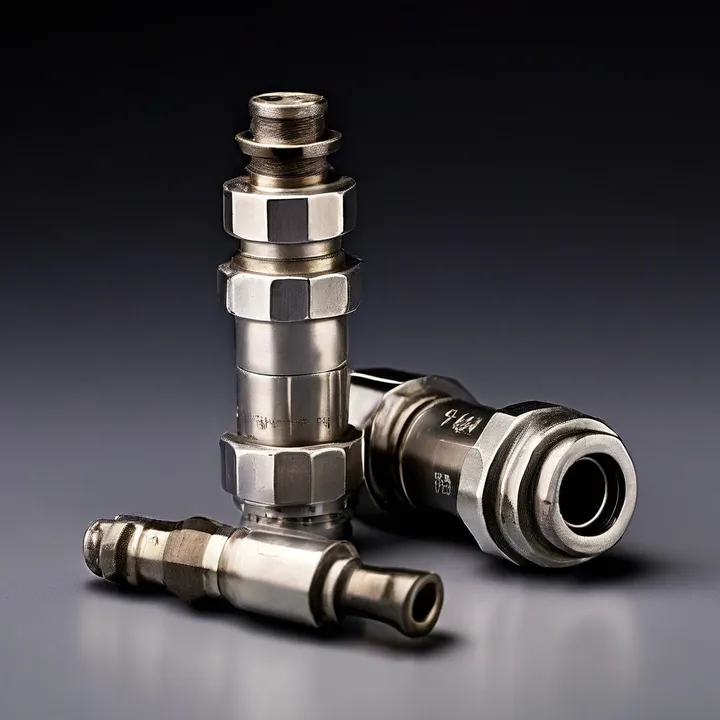 Conclusion: Mastering the Spark Plug Socket Size for Optimal Engine Health
Conclusion: Mastering the Spark Plug Socket Size for Optimal Engine Health